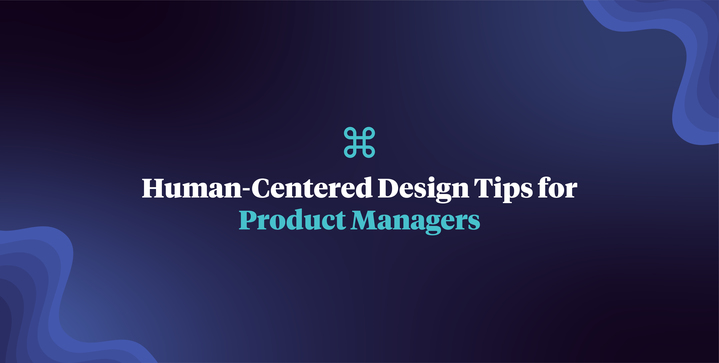
3 Human-Centered Design Process Tips for Product Managers
This article offers three human-centered design steps and ideas for product managers seeking to achieve balanced and consistent results, from beginning to end of a project.
A product manager’s goal is to define big picture vision for a product and then refine that vision into clear, actionable phases and deliverables. They are also accountable for how well other teams deliver on that vision.
This job presents a great challenge: How do you lay a foundation at the beginning of a project for consistent and expected results at the end of the project?
The human-centered thinking process and methodology offers product managers a way to anticipate what will make a product successful, and then empower others to achieve that success.
By aligning competing disciplines and values under shared vision for greatest impact, a human-centered design process brings balance and perspective to the product development process. It can serve as one of a product manager’s greatest tools in shaping and enforcing product vision and the product roadmap.
>> Human-Centered Design Infographic: How Designers, Developers & Businesses Work Together
These three tips for fostering a successful human-centered design framework will guide product managers toward better long-term results and more consistent, on-vision execution at each stage of the project timeline.
1. Invest where business and user interests intersect.
Product managers carry a huge responsibility — they are accountable for the ultimate performance of their product at market. Because financial return on a product is their measure of success, product managers can become easily tunnel-visioned, overlooking non-financial factors that have great financial impact.
Don’t let business drivers make you lose sight of the human aspect of product success.
The best product managers will validate product concept based on a combination of both user research and the potential for achieving positive unit economics. Focusing only on one at the expense of the other dooms product success.
Free User Persona Templates in Sketch or Keynote
Learn how to distill user research into helpful visuals that convey clear meaning about product users. User personas are the ultimate tool for educating stakeholders and teams about the human-aspect of a project, while cultivating buy-in on design vision.
>> Download in Sketch or Keynote.
2. Solicit input from engineers early on.
Never assume that an idea will work, even one that aligns with long-term product vision and product market fit. Get input from technical experts as you work out product concept details and allow their expertise to influence early direction of the product.
Engineers will have a lot to contribute to the discussion, especially when it comes to cost and timeline. It is far better to shape product concept around this input early on, rather than course correcting further down the line.
3. Empower teams with human-centered vision.
While product managers are accountable for the final outcome of a project, they often have little to do with managing day-to-day execution of the vision.
It is critical that product managers learn to excel at connecting the design process with human-centered vision. Learn to tell the product, business and user story clearly and in a way that diverse types of people can relate to.
You’ll want engineers, designers and project managers to fully grasp the ultimate impact of their work on both businesses and their users.




Leave a Reply